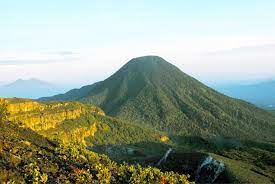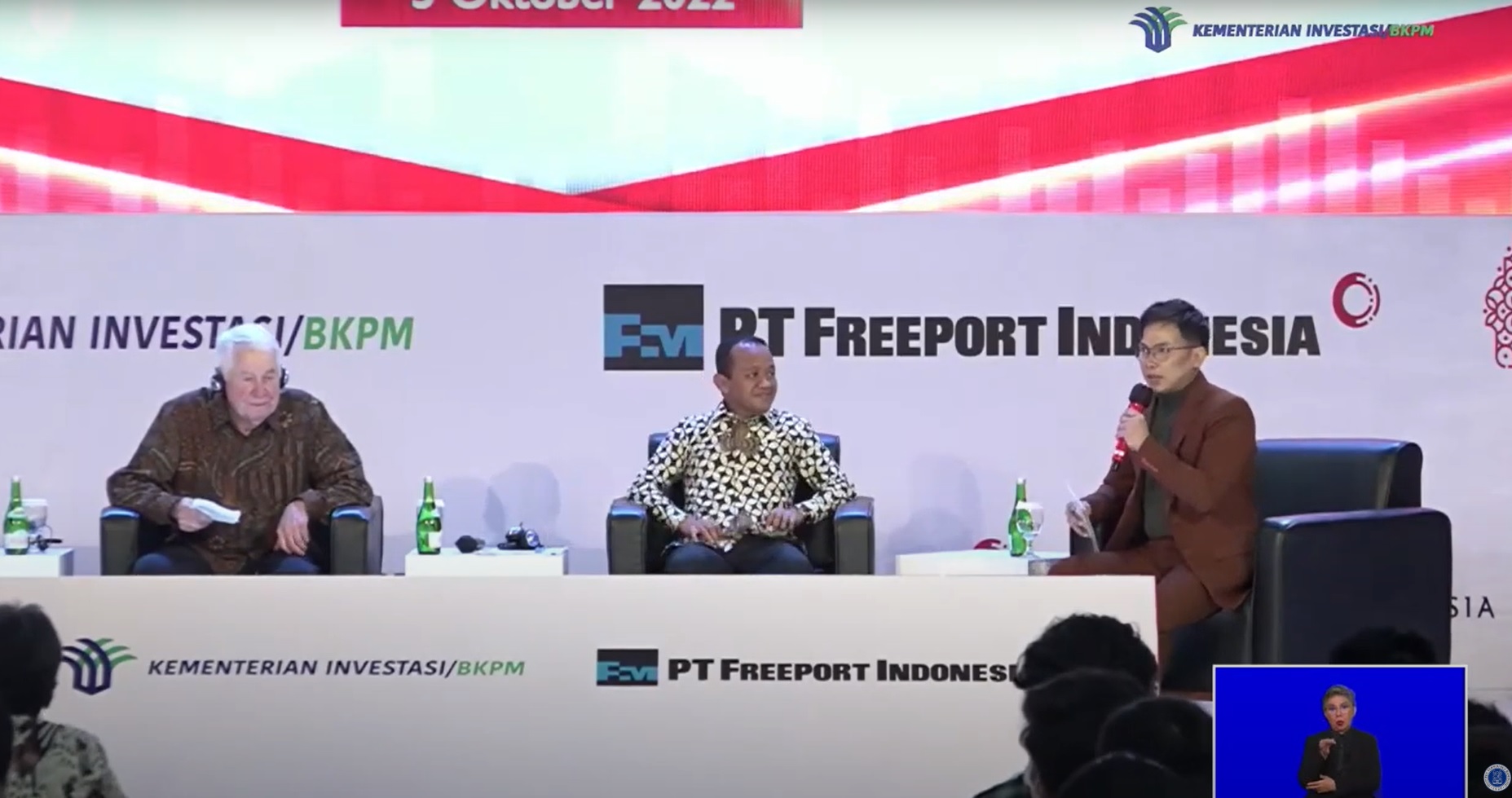SITH ITB Public Lecture Discusses Conservation Area Management in Indonesia and the World
By Adi Permana
Editor Adi Permana

BANDUNG, itb.ac.id—The ITB Biology study program held a public lecture under the "National Park Management in Indonesia and Around the World" theme. This activity was held online on Friday (11/5/2021).
According to Dr. Sofiatin, S.Hut., M.Sc., this public lecture is usually held every odd semester and is part of the Bioconservation course. "We invite various institutions related to in-situ and ex-situ conservation," he said in his opening remarks.
The Head of Way Kambas National Park, Kuswandono, S.Hut., M.P., was the speaker in this activity. The presentation started from the history of conservation in Indonesia. This idea came from Dr. Sijfert Hendrik Koorders, who founded the Dutch East Indies Nature Protection Association in 1912. After Indonesia's independence, five national parks were born simultaneously on March 6, 1980, namely Gunung Leuser National Park, Ujung Kulon National Park, Gunung Gede Pangrango National Park, Baluran National Park, and Komodo National Park.
"There are three conservation principles: the protection of life support systems; the preservation of the diversity of plant, animal species, and their ecosystems; and the sustainable use of living natural resources and their ecosystems," said Kuswandono.
What the life support system meant was the water cycle. This cycle plays a vital role in human life and other living things. The loss of forest as a rain catchment area in the mountains will cause disasters downstream. In the principle of preservation, he told an analogy with the story of Prophet Noah, who brought various animals in pairs in his ark when the flood came. It was necessary to save life on earth. Meanwhile, sustainable use will benefit humans, flora, fauna, and the ecosystems that support them.
According to Law No. 41/1999 on Forestry, a National park is a forest function, not forest status. It is a part of a conservation forest and nature conservation area.
In his presentation, Kuswandono focused on conservation area management in three national parks in Indonesia: Gunung Leuser National Park, Gunung Ciremai National Park, and Way Kambas National Park. "The background of why each area is chosen as a national park was different. Each national park also has unique characteristics," he explained.
In Gunung Leuser National Park, there are several conservation forests. Almost all of them are wildlife reserves and have an ideal buffer forest. The area is divided into core, buffer, and transition areas, requiring different treatments to manage them.
Meanwhile, Gunung Ciremai National Park does not have a buffer forest. It is located in a solitary mountain area surrounded by 54 villages with agriculture as the main driver of the community's economy. Ecologically, this will impact the local system's balance sustainability due to chemical fertilizers and pesticides. Therefore, the management of Gunung Ciremai National Park also uses a socio-cultural and economical approach.
Different challenges are faced by Way Kambas National Park managers. The area tends to be flat and not too wide. This national park is a crucial habitat for Sumatran elephants, Sumatran tigers, and Sumatran rhinos. The not-ideal situation faced is that elephants need an extensive home range. Thus, conflicts with the community often occur because the elephants enter residential areas.
Various national parks in Indonesia also continue to struggle to combat the problem of forest fires and poaching, which are very detrimental to conservation activities.
Kuswandono then explained several national parks' management in several countries, such as Yellowstone National Park in the USA, Mountain Devil National Park in Australia, and Keoladeo National Park in India.
At the end of his presentation, he underlined the role of conservation areas. "Conservation areas support for our life. Humans, flora, and fauna also depend on it. Preservation of this biodiversity will maintain ecological processes and ecosystem balance. The preservation of conservation areas is a shared responsibility," he concluded.
Reporter: Maharani Rachmawati Purnomo (Oceanography, 2020)
Translator: Zahra Annisa Fitri (Urban and Regional Planning, 2019)

.jpg)
.png)
.jpg)
.jpg)
.jpg)


